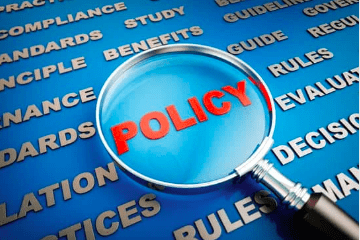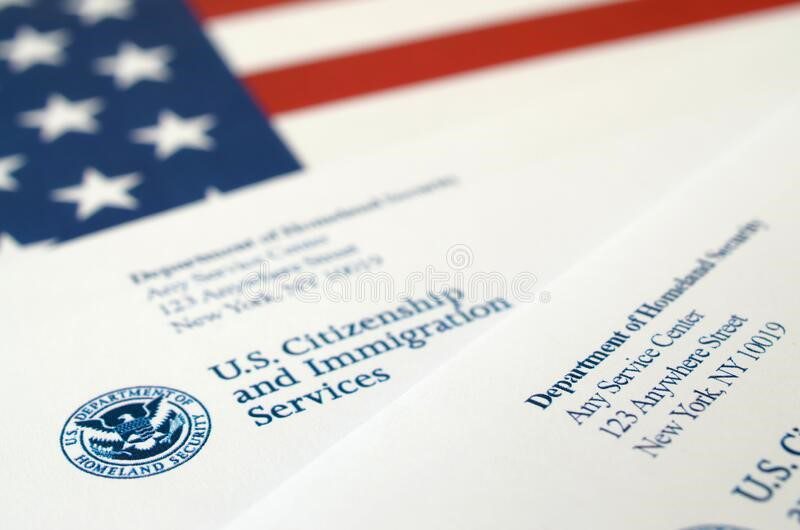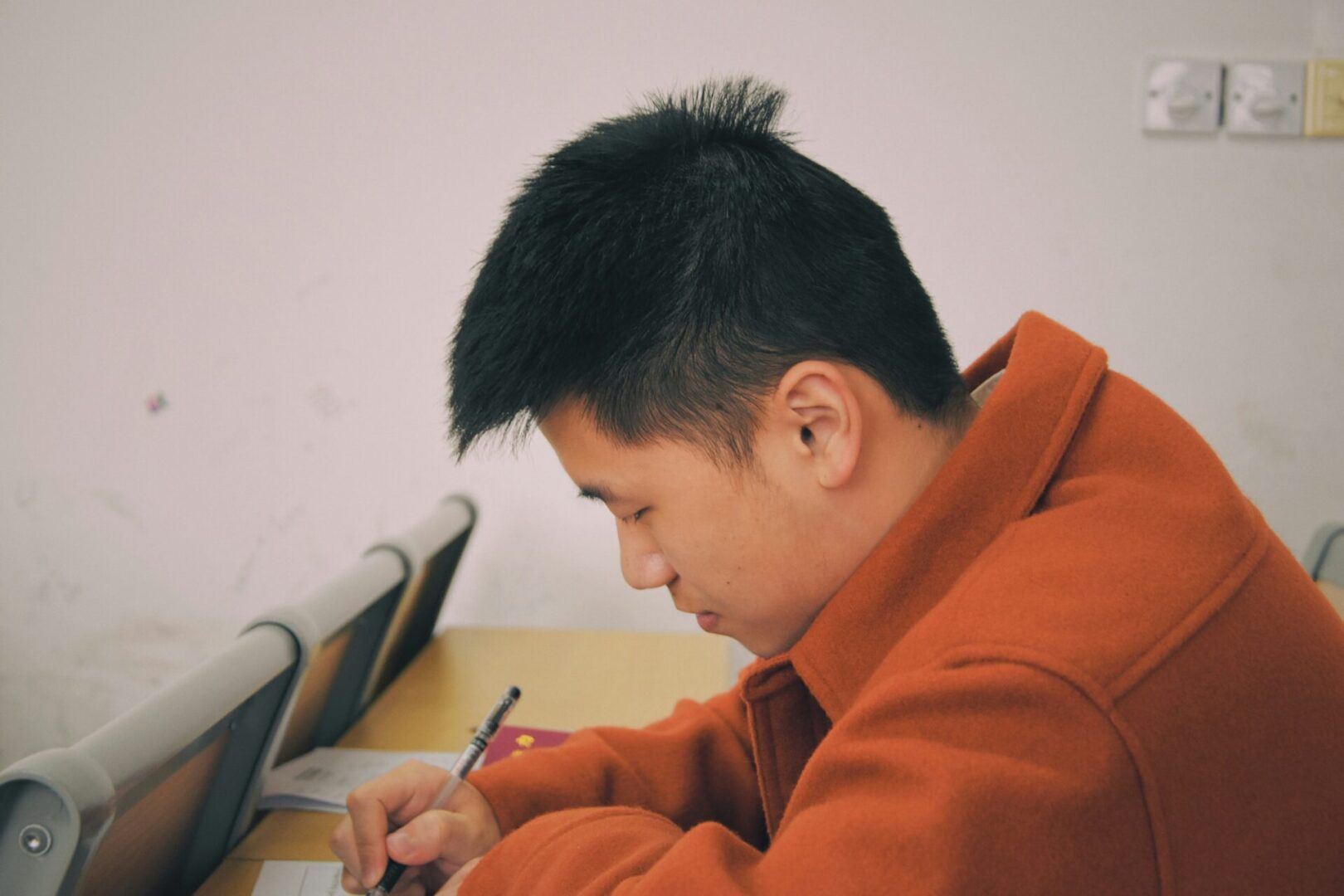Below are ten issues you must consider before you apply for a Visitor’s Visa at a US consulate (or request admission if a Canadian citizen). This list is not every conceivable topic that the US Consulate thinks is important, but we know you will be unlikely to obtain the B-1/B-2 Visa if these ten issues are not addressed properly at the interview.
1. Understand the Purpose of the Visa
As the DOS website indicates, the B-2 visa is specifically for those who wish to visit the United States for tourism, medical treatment, or visiting friends and family. It does not permit employment, study, or long-term residence. Clearly define your travel purpose and ensure it aligns with the visa type, as this will be scrutinized during the application process.
2. Prepare for the DS-160 Application
The same DOS website has the DS-160 form available; it is the online application for a U.S. non-immigrant visa. This form is comprehensive and requires detailed information about your travel plans, employment history, education, and personal background. Be thorough and accurate when completing the form, as inconsistencies can lead to delays or denials. You will definitely want to double-check all entries before submission.
3. Pay the Visa Application Fee
After submitting the DS-160 form, you must pay a non-refundable visa application fee, which varies by country. Keep the payment receipt as it is required for scheduling your visa interview. Remember that this fee does not guarantee visa approval, so be prepared for the possibility of additional costs if you need to reapply.
4. Schedule Your Visa Interview
According to U.S. Citizenship and Immigration Services (USCIS), “The first step in applying for a U.S. non-immigrant visa is to complete your application, which takes approximately 90 minutes. After you submit your application, you can move on to next steps such as scheduling your interview.”
Visa interviews are a mandatory part of the application process for most applicants aged 14 to 79. You’ll need to schedule your interview at the U.S. Embassy or Consulate in your home country. During peak travel seasons, interview slots may fill up quickly, so book your appointment as soon as possible. Be prepared to travel to the nearest consulate if one is not available in your city.
5. Gather Supporting Documents
Supporting documents are critical in proving the legitimacy of your travel plans and your intent to return to your home country. These may include:
Proof of financial stability, such as bank statements or pay stubs
A letter from your employer confirming your leave and intent to return to work
A detailed travel itinerary
Any documentation related to your visit, such as invitations from family or friends. Organize these documents neatly, and ensure they are readily accessible for your interview.
You must be able to provide clear documentation. Sharing your ties to your “home” country will help USCIS understand your intent to return to your country of origin.
6. Demonstrate Strong Ties to Your Home Country
Just to hammer that point home…One of the key factors the consular officer will assess is whether you have strong ties to your home country, which would compel you to return after your visit. Strong ties can include stable employment, family responsibilities, property ownership, or long-term educational commitments. They are doing their best to avoid granting visas to people who have a high likelihood of overstaying so be prepared to discuss these ties during your interview.
7. Practice for the Visa Interview
I know it can cause anxiety to go into any governmental interview, but the visa interview is another opportunity to present yourself as a trustworthy applicant who will not overstay. Prepare by reviewing possible questions related to your travel plans, employment, and ties to your home country. Practice answering confidently and concisely. Remember, honesty is crucial; any attempt to mislead or provide false information can result in a visa denial.
8. Be Aware of Security and Background Checks
The U.S. visa application process involves thorough security and background checks. Be prepared for this step, especially if you have a complex travel history or have lived in multiple countries. Ensure that any previous visa applications or travel to the U.S. are consistent with your current application.
9. Understand Visa Processing Times
Visa processing times can vary significantly depending on your country of residence and the time of year. Check the current wait times for interviews and processing at your local U.S. Embassy or Consulate. Again, you need to apply well in advance of your planned travel date to avoid any last-minute complications.
10. Know Your Rights and Responsibilities
If your visa is approved, it’s important to understand your rights and responsibilities as a visa holder. The visa allows you to travel to the U.S., but it does not guarantee entry; the final decision is made by Customs and Border Protection (CBP) at your port of entry. Adhere strictly to the terms of your visa, including the duration of your stay, to avoid future visa issues.
Prepared by Kathryn Bouchard, Member of AILA’s Affiliated Paralegal Program.
Should you have any questions about the B-1/B-2 Visa process, do not hesitate to contact David Swaim, David@Immigration-Pros.com.



